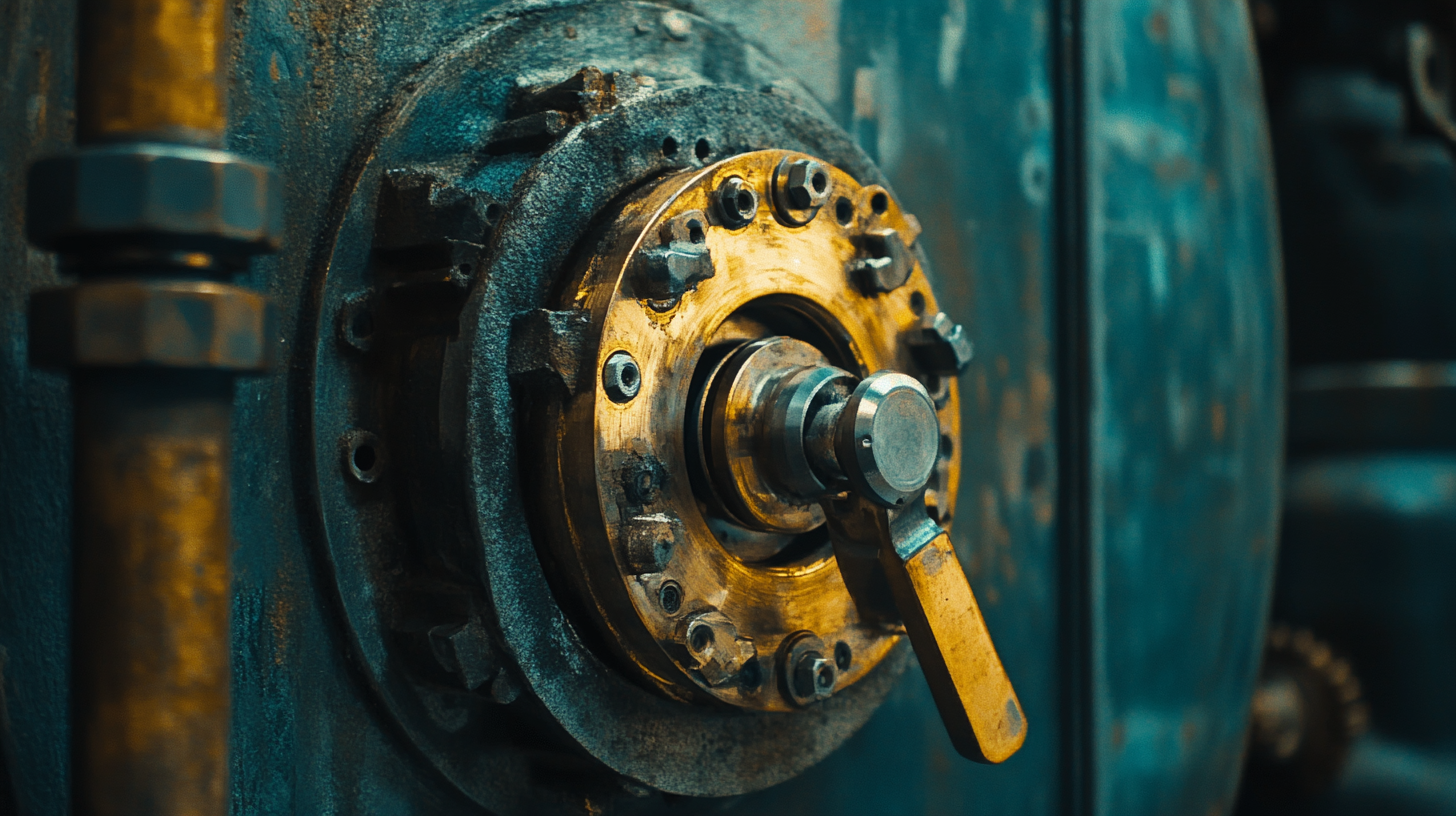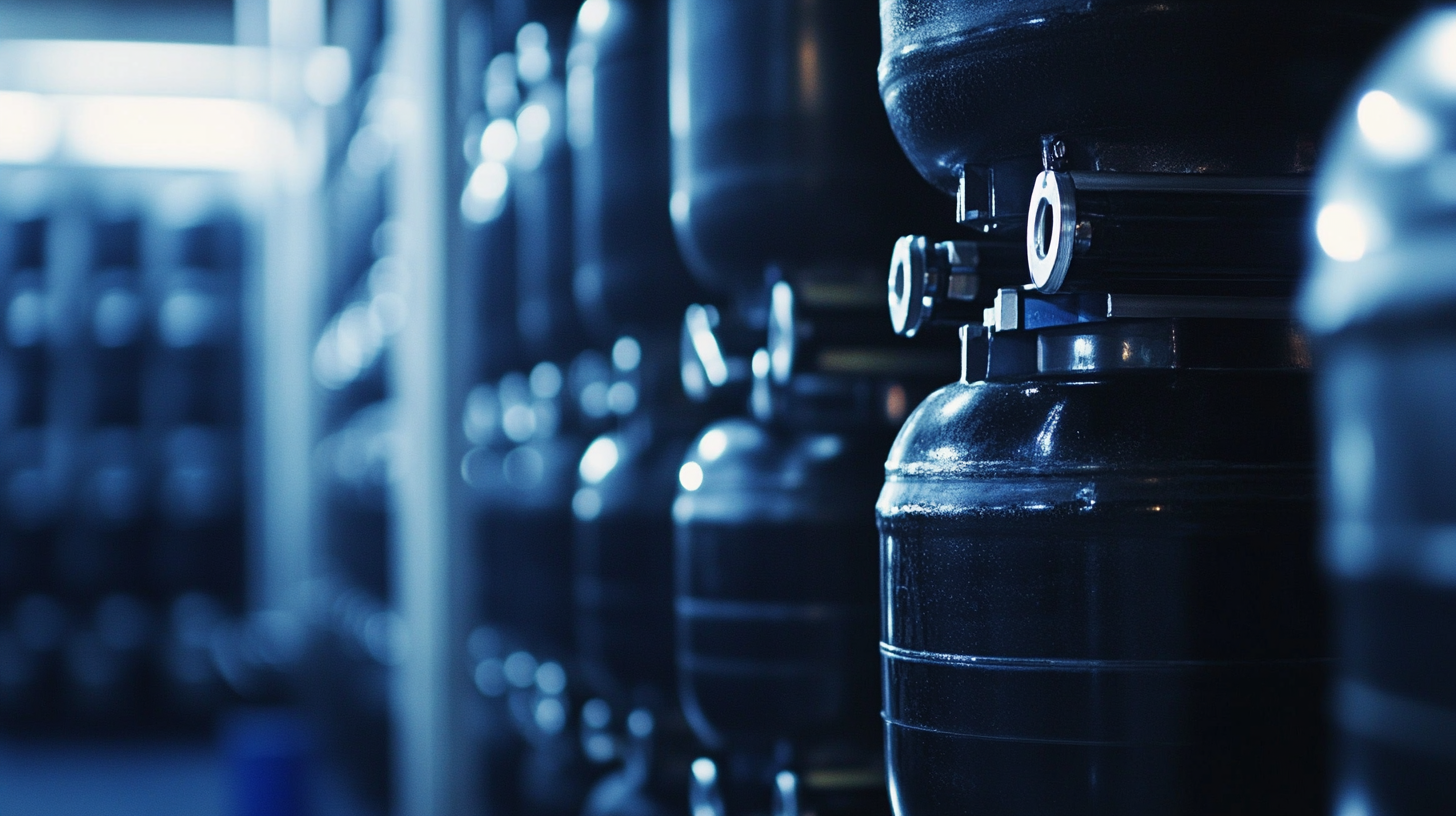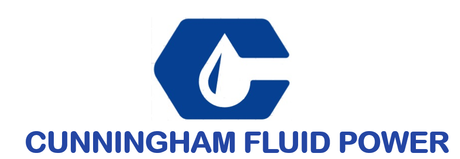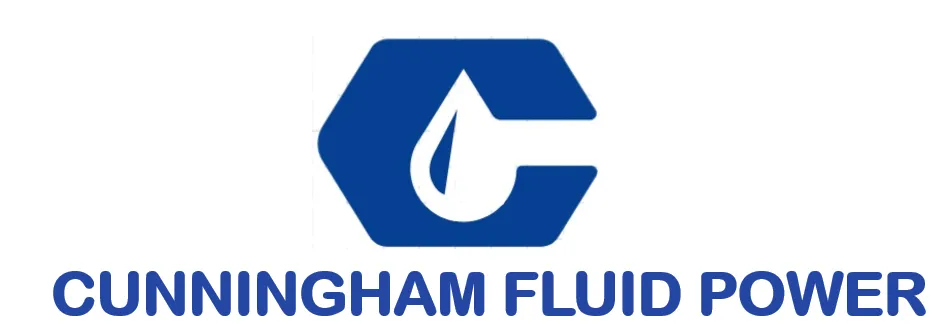Ultimate Guide to Choosing the Best Cylinder Repair Solutions for Your Needs
In the realm of industrial operations, the significance of efficient equipment maintenance cannot be overstated, particularly when it comes to Cylinder Repair. According to a recent report by MarketsandMarkets, the global market for cylinder and engine repair services is projected to grow at a compound annual growth rate (CAGR) of 5.1% from 2021 to 2026, highlighting an increasing demand for effective repair solutions. As industries continue to prioritize operational efficiency, understanding the nuances of Cylinder Repair becomes imperative. Various factors, such as the complexity of the repair process, the selection of qualified vendors, and compliance with industry standards and certifications, play a crucial role in choosing the best solutions tailored to specific needs. This guide aims to delve into these aspects, providing insights and practical tips to navigate the complexities of Cylinder Repair effectively and make informed decisions that align with both regulatory requirements and operational demands.

Understanding Different Types of Cylinder Repairs: An Overview of Methods and Techniques
When it comes to cylinder repairs, understanding the various methods and techniques available is crucial for making informed decisions tailored to your specific needs. The two primary types of cylinder repair include on-site repairs and workshop repairs, each with its own set of advantages. On-site repairs are often preferred for their convenience and reduced downtime, particularly in industries such as mining and manufacturing where machinery must remain operational. A recent industry report indicated that on-site repairs can save companies up to 30% in maintenance costs compared to workshop repairs, which typically offer more comprehensive solutions but may lead to longer machine downtimes.
Additionally, cylinder repair techniques can range from basic welding and machining to advanced methods like plasma arc welding and thermal spraying. Each technique presents unique benefits; for instance, thermal spraying can restore cylinder surfaces with high precision, extending the life of the equipment substantially. According to a study by the International Journal of Advanced Manufacturing Technology, implementing precision repair techniques can enhance cylinder performance by 15% or more.
**Tip:** Always evaluate the specific requirements of your equipment and consult with repair specialists to determine the most effective method for your situation. Consider the impact of repair technique on your operational efficiency and overall costs before making a choice. Remember that investing in high-quality repairs upfront can lead to significant savings in the long run.
Ultimate Guide to Choosing the Best Cylinder Repair Solutions for Your Needs
| Repair Type | Description | Suitable Applications | Estimated Cost |
|---|---|---|---|
| Mechanical Sealing | Uses gaskets and seals to prevent leaks in cylinder. | Hydraulic cylinders, pneumatic systems. | $100 - $500 |
| Resurfacing | Involves grinding or machining the surface to remove wear and damage. | Engine cylinders, hydraulic components. | $200 - $800 |
| Welding Repairs | Utilizes welding techniques to fix cracks or breakages. | Heavy machinery, industrial cylinders. | $150 - $600 |
| Tube Replacement | Replaces damaged or worn-out tubes of the cylinder. | Hydraulic cylinders, pneumatic cylinders. | $300 - $1000 |
| Repair Kits | Includes seals, gaskets, and other components for routine maintenance. | Light machinery, automotive applications. | $50 - $200 |
Evaluating the Cost-Effectiveness of Cylinder Repair Solutions: Key Factors to Consider
When considering cylinder repair solutions, evaluating cost-effectiveness is crucial. According to a recent industry report by MarketsandMarkets, the global hydraulic cylinder market is expected to grow from $10.8 billion in 2020 to $15.8 billion by 2025, highlighting the increasing demand for efficient and cost-effective repair solutions. It's vital to assess the total cost of ownership, which includes not only the initial repair costs but also long-term performance and maintenance expenses.
Tip: Always request a detailed breakdown of repair costs from your provider. This helps you understand what you're paying for and identify any hidden fees associated with the service.
You should also consider the quality of the repair parts used. A report from Grand View Research indicates that using high-quality components can reduce the likelihood of future repairs by up to 30%. This factor can significantly lower operational downtime and associated costs.
Tip: Ask about the warranty on the repairs and parts. A solid warranty reflects the provider's confidence in their work and can save you from additional expenses if issues arise later.
Cost-Effectiveness Analysis of Cylinder Repair Solutions
How to Identify When Cylinder Replacement is Necessary vs. Repair: Expert Insights
When it comes to cylinder repair solutions, understanding the distinction between when to repair and when to replace is essential. Identifying symptoms such as unusual noises, decreased performance, or visible wear can indicate a need for a thorough inspection. Experts suggest that engaging with a diagnostics professional can provide valuable insights into the condition of your cylinder. These professionals are trained to spot potential issues before they escalate into significant problems, just as recent advancements in technology have enabled predictive maintenance across various sectors.
In industries where precision and reliability are paramount, such as manufacturing and pharmaceuticals, maintaining optimal cylinder performance is critical. The rise of artificial intelligence tools is reshaping how repairs and diagnostics are approached. By leveraging these tools, companies can make informed decisions on whether to undertake repairs or consider replacement, thereby optimizing maintenance schedules and reducing downtime. As technology evolves, the need for skilled technicians who can interpret AI-generated analyses will continue to grow, reinforcing the importance of combining expert knowledge with innovative solutions.

The Importance of Choosing Qualified Cylinder Repair Specialists: Industry Standards and Certifications
When it comes to cylinder repair, the importance of selecting qualified specialists cannot be overstated. Industry standards and certifications play a crucial role in ensuring that repairs are conducted safely and effectively. According to the American Society of Mechanical Engineers (ASME), over 80% of cylinder failures can be traced back to improper maintenance or substandard repair practices. This highlights the need for technicians who are not only skilled but also certified under recognized industry standards such as ISO 9001, which emphasizes quality management systems.
Furthermore, data from a recent report by the Hydraulic Institute indicates that utilizing qualified service providers can extend the lifespan of hydraulic cylinders by up to 40%. These certified specialists are trained to adhere to rigorous safety and quality protocols, which significantly reduce the risk of operational failures that could lead to costly downtime or even accidents. By investing in reputable cylinder repair specialists, businesses can ensure compliance with industry regulations while enhancing the reliability of their equipment.

Maximizing Cylinder Lifespan: Maintenance Tips and Best Practices from Industry Professionals
When it comes to maximizing the lifespan of hydraulic cylinders, the importance of regular maintenance cannot be overstated. Industry professionals agree that a proactive approach to cylinder care not only extends their operational life but also enhances overall efficiency in production processes. Simple practices like regular inspections, proper lubrication, and timely replacements of worn-out seals can dramatically reduce the risk of downtime caused by unexpected failures. Understanding the specific requirements of each cylinder and adhering to a stringent maintenance schedule can lead to noticeable improvements in performance.
Additionally, optimizing the operation of tube and pipe mills is crucial for maintaining high efficiency and minimizing scrap. By ensuring that hydraulic cylinders are in top condition, manufacturers can achieve smoother operations and reduced cycle times. A well-maintained cylinder facilitates precise control, which is essential for making the most out of each run, especially when working with partial deliveries. Investing in quality repair solutions tailored to individual needs will not only enhance the performance of hydraulic systems but also significantly contribute to the overall productivity of the facility.

We have over 30 years of experience in designing complete hydraulic systems, repairs and distribution of fluid power equipment and parts.
FOLLOW US ON :
Contact Details
Address:
4020 SE 45th CT.
Ocala, FL 34480
Phone No:
Email:
sales@cunninghamfluidpower.com

